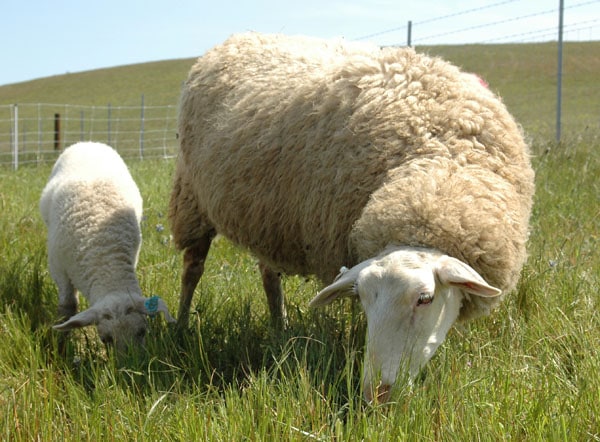Type the name of the breed you're looking for below
[wpdreams_ajaxsearchlite] Don't see the breed your're looking for? Click here and let us know!
East Friesian sheep
| Place of Origin | Germany |
| Origin | The East Friesian is a breed of dairy sheep originating from East Frisia in northern Germany. It is either the best or one of the best sheep breeds in terms of milk yield per ewe. East Friesians are used as either a purebred milking breed or as a crossing breed for other milking sheep. They can raise the average number of lambs born, as well as milk production, when crossed with other milk sheep breeds. They are not a very hardy or adaptable breed, but their cross-breeds can be. Crossing them with the Awassi breed has been a notable success in Mediterranean or semi-arid environments. East Friesians crossed with the Lacaune breed have been a success in the Wisconsin environment. It was not until the 1990s that East Friesians were introduced into North America. But since then, on account of their high milk yield, they've rapidly become the breed of choice among commercial sheep milk producers, although generally not in purebred form. The Friesian sheep breeds are a heathland type sheep, the land environment in much of Frisia. The group includes related dairy breeds taking their names from, and probably largely originating in, West Friesland and Zeeland. Historically the sheep were kept in small numbers by households for household milk. Today reportedly these sheep do poorly when in large dense flocks. |
| Purpose | Milk |
| Characteristics | In physical appearance the East Friesians have pink noses and their head and legs are clear of wool. Their heads are naturally polled, i.e., hornless. They generally have pale hooves. The most distinctive feature of an East Friesian is its tail, which is described as a "rat-tail" because it is thin and free of wool. Elsewhere on their bodies they have white wool which is approximately 35-37 micrometres, with a staple length of 120–160 millimeters and their fleece ranges from 4–5 kg (8.8–11.0 lb). There also exists a dark brown variation of East Frisians. The East Friesian produces roughly 300-600 litres of milk, over a 200- to 300-day lactation. There are reports of individual animals with milk yield reaching 900 litres. That's counting the milk suckled by the lambs as well as milking by machine. In order to provide a high milk-yield, the ewe must receive a high-quality diet. Another attraction of the breed is a relatively high average number of lambs born per ewe. |



